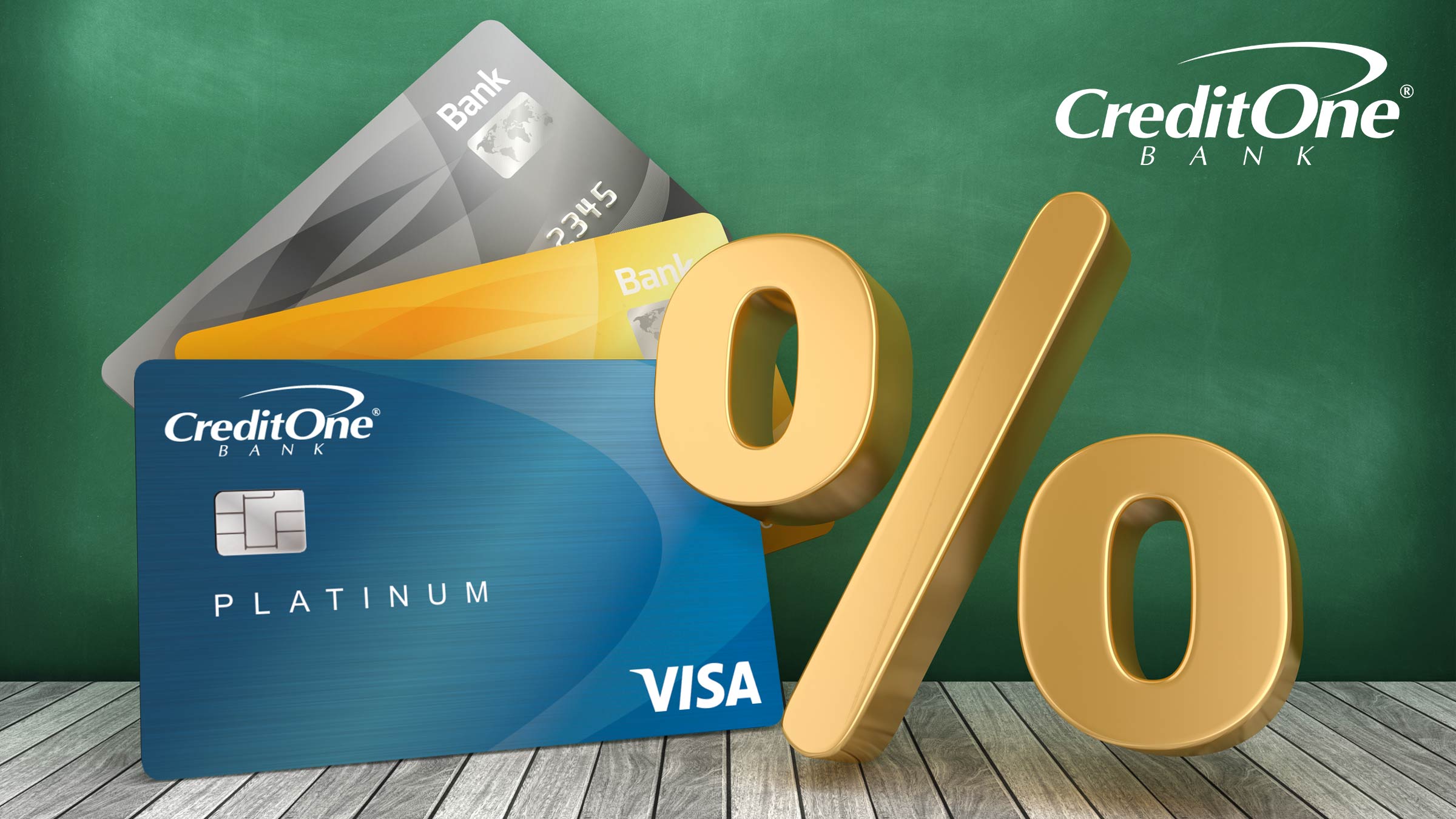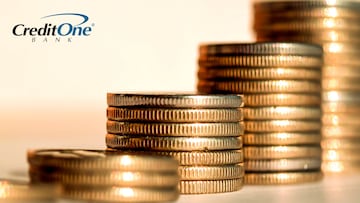October 26, 2022
Topics:
Credit CardNobody really likes paying interest rates, but there’s a reason they come with your credit card account. There are also ways to minimize or avoid these charges.

What Is Credit Card Interest, and Why Does It Matter?
Credit card interest is a percentage you pay on the balance you carry. It’s basically the cost of borrowing money … so you pay a fee in exchange for getting credit today, rather than having to use your own funds from your pocket.
This interest charge is usually based on an annual percentage rate (APR). Your APR might change based on economic conditions. It also could vary based on when you make the purchase, what type of transaction it is, or what promotions you qualify for.
When Is Credit Card Interest Charged?
Credit card interest is usually charged on the last day of your billing cycle, which is officially known as the “statement closing date.” This is not the same as your payment due date, and in fact most often lands 21 to 24 days before your due date.
That means if you make a purchase in the first week after your previous due date, your new interest might be calculated on the higher balance. And, consequently, if you make a payment during that window, you could have a lower interest charge that month.
Types of Credit Card Interest
There are a few different types of interest rates:
- Variable
- Fixed
- Introductory
- Promotional
These terms can apply to both loans and credit cards.
Variable interest rates
Variable interest rates, also known as adjustable or floating rates, change over time. They rise or fall based on a benchmark “index rate,” which moves with the market’s economic conditions.
Often this index is the country’s prime rate, which is based on a number set by the government. In the US, the Federal Reserve (a.k.a. the Fed, our central bank) sets the federal funds rate, which banks use to lend money to each other. The prime interest rate is that base federal funds rate plus a specific percentage, which is usually 3%.
Most variable interest rates will be a specific percentage again above that prime rate, so you’ll hear the term “prime plus rate.” For example, if the Fed sets its federal funds rate at 4.5%, the country’s prime interest rate will be 7.5% (4.5 + 3). And your specific APR, based on your credit score, will be prime plus x.
Fixed interest rates
Fixed interest rates are less common with credit cards than variable. However, if you do have a fixed interest rate, it means it doesn’t change with market conditions—it is what it is and will always be that amount, unless the lender or creditor tells you it’s changing for whatever reason.
Introductory interest rates
Special introductory interest rates are sometimes offered to new cardholders. It’s not uncommon to see a 0% introductory APR which remains in effect for, let’s say, the first six months or a year. During that time, the purchases you make with your credit card will be interest free.
Promotional interest rates
Promotional interest rates are just like introductory APRs, except they’re not just tied to a new credit card. Promotional rates can happen with balance transfers, holiday seasons, or any other time a credit card company wants to reward your spending behavior by offering a lower rate than normal.
What Determines a Credit Card’s Interest Rate?
Besides possibly being tied to your country’s prime rate, your credit card interest rate is determined by several factors:
- Your credit score
- Your credit history
- Other personal data
If you have a higher credit score, chances are you’ll have a lower interest rate, and vice versa. Also, if you have a solid history of being responsible with credit, and making on-time payments, you’ll usually be offered a lower APR.
Other personal data, like how many other credit cards you have, what other types of credit you have, and how much you make, might also play a role in the bank’s determination of your interest rate.
How To Calculate Credit Card Interest
To figure out your monthly interest rate, divide your annual percentage rate (APR) by 12. So if your APR is 24%, you pay 2% per month in interest.
However, the interest charges on your credit card might be based on your average daily balance, or your adjusted balance at the end of your monthly billing cycle. This is explained in your card’s terms and conditions.
Average Daily Balance: Your balance is tracked daily, with new charges added and payments subtracted as you go. At the end of your billing cycle, each daily balance is added up and then divided by 30.
Adjusted Balance: You start with the balance from the end of the previous billing cycle, and all payments you make during the new billing period get subtracted from that balance. You have a grace period until the end of the current billing cycle before new charges start accruing interest.
How To Pay Less in Credit Card Interest
The best way to avoid paying interest is to pay off your credit card balance in full each and every month—and early enough in the month so it doesn’t calculate. That is, unless you’re on one of the “no interest” promotions mentioned earlier. In that case, you need to pay off the item before the end of the promotional term in order to get the $0 interest.
Since your interest charge is usually calculated on the statement closing date, paying as much as you can before that date means there’s less to calculate interest on. So you pay less.
As a bonus, the outstanding balance on that date is also what gets reported to credit bureaus. So sending in your money a few weeks early means you not only pay less interest, but if that payment gets reported, you could end up with a better credit report—and eventually a better credit score as a result.
Conclusion
Credit card interest is what you pay as a privilege to access money to spend. However, how much you pay can be controlled by paying off your balances as early as possible, which will also help your credit score rise. And that, in turn, will likely earn you lower interest rates and higher credit limits in the future.
If you’re shopping around for a new card and comparing interest rates, see if you pre-qualify first. This lets you evaluate the offers you qualify for without affecting your credit score.



